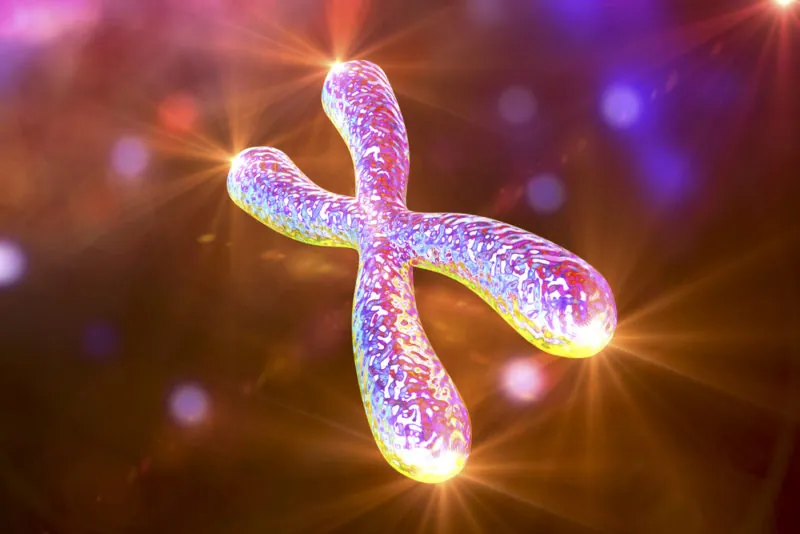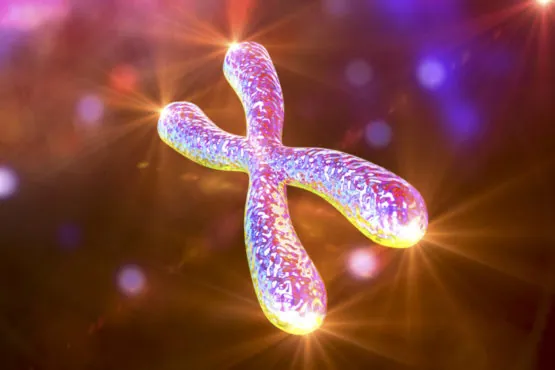Researchers have demonstrated that telomerase gene therapy does not increase the risk of cancer, even in strains of mice that are particularly susceptible to cancer [1].
A tale of telomeres
Short telomeres trigger cellular senescence and are thought to be one of the primary hallmarks of aging, which has led to various researchers seeking ways to restore the telomeres in order to prevent cells from dying and to encourage division and tissue regeneration. We won’t go over the basics of telomeres and how they influence aging here, but you can learn more about telomere attrition here.
Ever since Dr. Maria Blasco and her team at the Spanish National Cancer Research Centre (CNIO) first used telomerase gene therapy in mice back in 2012, a debate has raged about the potential of telomerase for regenerating tissue and reversing some aspects of aging versus the risk of it causing cancer.
Despite the concerns, it has proved effective against infarction by spurring regeneration of cardiac tissue and in treating aplastic anaemia and idiopathic pulmonary fibrosis in mice; all of these conditions are associated with critically short telomeres.
The CNIO’s Telomeres and Telomerase Group, which conducted the new study, has been investigating the potential of using telomerase therapy to treat age-related diseases for many years. Its 2012 publication featured a specially developed gene therapy that used an adeno-associated virus (AAV) to deliver a payload to cells that reactivated the telomerase gene, which can restore lost telomeres by creating the telomerase enzyme, and it appeared to delay and reverse certain aspects of aging [2].
Its AAV therapy is special in that the vectors do not integrate into the genomes of the target cells. Therefore, the telomerase activation only lasts for a few cell cycles before its effects cease. This transient activation of telomerase makes for a safety net, as unlimited cell division is only a step away from cancer.
Abstract
Short and dysfunctional telomeres are sufficient to induce a persistent DNA damage response at chromosome ends, which leads to the induction of senescence and/or apoptosis and to various age-related conditions, including a group of diseases known as “telomere syndromes”, which are provoked by extremely short telomeres owing to germline mutations in telomere genes. This opens the possibility of using telomerase activation as a potential therapeutic strategy to rescue short telomeres both in telomere syndromes and in age-related diseases, in this manner maintaining tissue homeostasis and ameliorating these diseases. In the past, we generated adeno-associated viral vectors carrying the telomerase gene (AAV9-Tert) and shown their therapeutic efficacy in mouse models of cardiac infarct, aplastic anemia, and pulmonary fibrosis. Although we did not observe increased cancer incidence as a consequence of Tert overexpression in any of those models, here we set to test the safety of AAV9-mediated Tert overexpression in the context of a cancer prone mouse model, owing to expression of oncogenic K-ras. As control, we also treated mice with AAV9 vectors carrying a catalytically inactive form of Tert, known to inhibit endogenous telomerase activity. We found that overexpression of Tert does not accelerate the onset or progression of lung carcinomas, even when in the setting of a p53-null background. These findings indicate that telomerase activation by using AAV9-mediated Tert gene therapy has no detectable cancer-prone effects in the context of oncogene-induced mouse tumors.
More support for telomerase gene therapy
Despite this safety measure, the medical use of telomerase therapy has been held back due to concerns of cancer risk, so the researchers at CNIO set out to see if this concern is justified.
To do this, they used this gene therapy in a mouse model that is at high risk of lung cancer. Their results showed that activating the telomerase gene via their gene therapy does not increase the risk of developing cancer, not even in this cancer-prone mouse strain.
These findings suggest that this gene therapy appears to be safe even in a pro-cancer environment. The authors chose this cancer-prone mouse strain to create a “killer experiment”, which creates a worst-case scenario that tests a hypothesis to its limit; if the hypothesis holds true despite the extreme scenario, it shows that the hypothesis is good. Because this therapy did not increase cancer risk in this extremely vulnerable mouse population, it demonstrates that telomerase gene therapy is possibly safe enough to use in humans.
The road ahead
The safety and utility of telomerase therapy is becoming more apparent with each passing year. The purpose of this new study was to demonstrate the plausibility of using telomerase to safely treat many diseases that currently have no cure, such as pulmonary fibrosis, and to help speed up its progress into human clinical trials. ConclusionThe potential of telomerase gene therapy has long been debated amid cancer concerns, but this experiment suggests that those concerns are unfounded. There is no doubt that telomerase can and does regenerate tissue when it is delivered via gene therapy and that it does reverse various aspects of aging in multiple models.
Can we safely use what some people describe as a double-edged sword and apply it the fight against aging? This experiment strongly suggests that yes, we can.
Literature
[1] Muñoz-Lorente, M. A., Martínez, P., Tejera, Á., Whittemore, K., Moisés-Silva, A. C., Bosch, F., & Blasco, M. A. (2018). AAV9-mediated telomerase activation does not accelerate tumorigenesis in the context of oncogenic K-Ras-induced lung cancer. PLoS genetics, 14(8), e1007562.
[2] de Jesus, B. B., Vera, E., Schneeberger, K., Tejera, A. M., Ayuso, E., Bosch, F., & Blasco, M. A. (2012). Telomerase gene therapy in adult and old mice delays aging and increases longevity without increasing cancer. EMBO molecular medicine, 4(8), 691-704.




